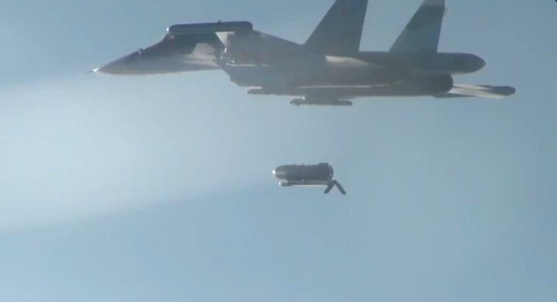Ukraine has all but lost the war, yet they managed to attack into Russia, surprising everyone.
As the conflict between Ukraine and Russia intensifies, Ukrainian forces have now pushed approximately 10 miles into the Kursk region on the fifth day of their invasion. Their rapid advance includes efforts to eliminate any Russian forces bypassed during their initial push to widen their area of control.
Russian air strikes on residents of the Kursk region of Russia
Russian aviation dropped an air bomb on the village of Darino. There was no evacuation of residents from the village
It seems that the Russian military does not care where to bomb civilians. In Ukraine or in Russia pic.twitter.com/ceCNSPkjtY
— Денис Казанський (@den_kazansky) August 8, 2024
On the Russian side, the military has escalated its response by employing its most formidable weaponry—powerful glide bombs targeted at the advancing Ukrainian units along Russian roadways. These bombs, known for their long-range capabilities of over 25 miles and heavy explosive payloads, have transitioned from being Russia’s primary offensive tools to critical defensive assets. They are now key to hindering Ukrainian advances until additional Russian ground troops can reinforce positions in Kursk.
Russian Sukhoi Su-34 fighter-bombers have been active, deploying around 100 KAB glide bombs daily. While these bombings were primarily focused along the eastern Ukrainian front throughout the spring and summer, costing significant resources and progress, they have recently shifted their focus northward.
This tactical change coincided with the crossing of at least five Ukrainian brigades into Kursk, marking a surprising shift in the ongoing war that has now spanned over two years. From their positions in Sumy Oblast, directly adjacent to Kursk, Ukrainian forces have faced heavy aerial bombardments as they launched their attacks.
Reports from the Ukrainian general staff indicated a surge in combat activities in the region, with Russian forces heavily leveraging aircraft, helicopters, and large-caliber weapons. The Ukrainian Center for Defense Strategies also highlighted a strategic pivot in Russian air efforts, noting that up to half of the bomb strikes are now directed at Kursk and Sumy regions.
The Russians in Kursk are having fun with rockets hitting them. And no, this is not such an expression. They are really happy about the missile strikes on Kursk 🙂 I even made English subtitles for you, although 90% of the time there is swearing)#Kursk #RussiaUkraine https://t.co/WqotsYrYTE pic.twitter.com/SWL1eZZlfu
— Devana 🇺🇦 (@DevanaUkraine) August 10, 2024
In anticipation of these air assaults, the Ukrainian military has bolstered its defenses with significant air-defense systems and electronic jammers capable of disrupting radio signals and impairing the guidance systems of satellite-directed bombs. Supported by explosive drones, Ukrainian defenses managed to down several Russian helicopters, while Russian artillery fire damaged a Ukrainian BUK air-defense unit in retaliation.
Despite the intense bombings in Sumy, Ukrainian forces have pressed forward, capturing several key locations in Kursk, including the town of Sudzha, which has become central to their counteroffensive efforts. The Ukrainian advancement has been so effective that it has stalled the arrival of Russian reinforcements to the front lines in Kursk.
As a result, Russian air attacks have redirected towards their own territories. On consecutive days, Ukrainian positions in the villages of Darino and Leonidovo were hit by glide bombs, demonstrating both the power and the lack of precision of these weapons, which pose significant risks to civilians in the vicinity.
Russian warplanes are bombing Russia, aiming to block invading Ukrainian troops. @forbes #ukraine https://t.co/c1sNiqInyv pic.twitter.com/27Ta3clUSX
— David Axe (@daxe) August 10, 2024
.
Major Points:



